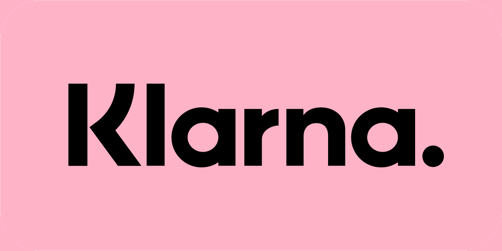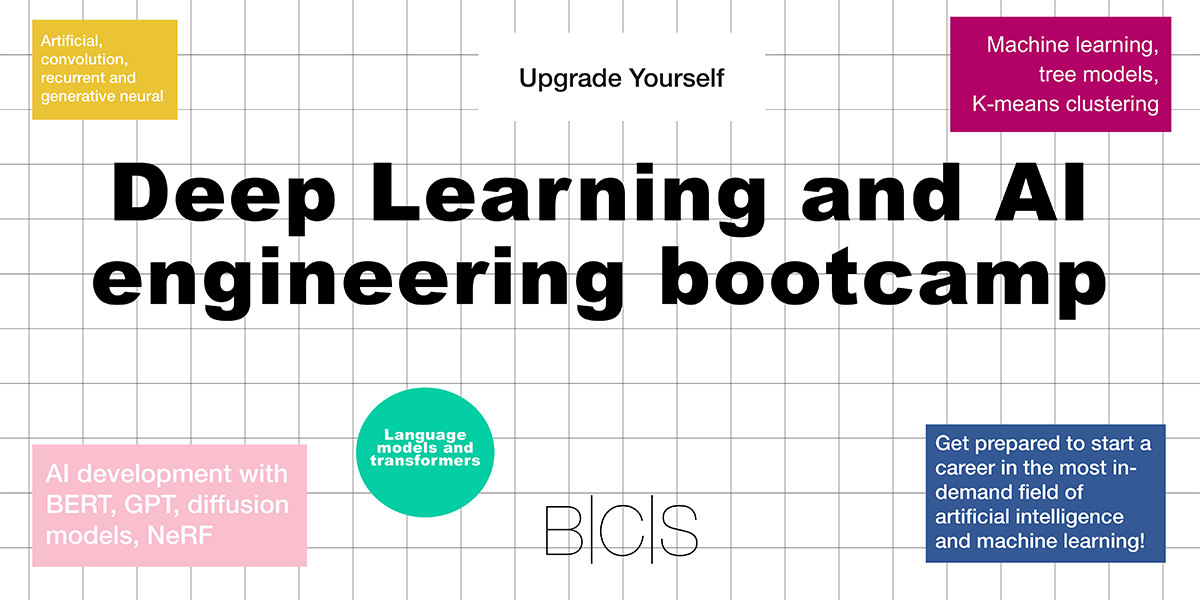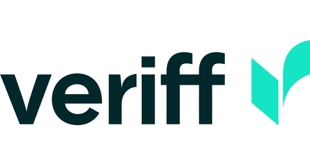What is Machine Learning Engineer?
A Machine Learning Engineer designs, builds, productionizes, optimizes, operates, and maintains ML systems.
Our course is focused primarly on using ML for building Artificial Intelligence systems.
Curriculum breakdown
Module 1: Python
In the first module we will reinforce the basics of Python and introduce you to 2 fundamental data management and data visualization tools: Pandas and Matplotlib.
By the end of this module you will be able to load data, explore it, clean it and visualize it in interesting ways.
Module 2: Classical ML, Tree-Based Models, K-Means Clustering and more...
You will learn some of the ML models that every Deep Learning Engineer and Data Scientist should know with a mix of both theory and practice.
Module 3: Intro to Neural Networks / TensorFlow
During this module we will introduce you to Neural Networks, Deep Learning and TensorFlow.
You will learn almighty Gradient Descent, Back Propagation, optimization methods for Deep Learning. You will gain a solid understanding of TensorFlow and TensorBoard.
Project suggestions: we will start working on a MNIST handwritten digit database.
Module 4: Recurrent Neural Networks & Convolutional NN
This module you will be introduced to Convolutional and Recurrent Neural Networks, and various visual (like object detection, recognition, segmentation) and text (sentiment analysis, text classification) analysis techniques.
Project suggestions: NLP (spam recognition, sentiment analysis, text classification), CV (object detection, background detection, object counting and tracking).
Module 5: Generative Neural Networks (GANS and VAE)
In this module we will start digging into more advanced concepts of ML, GANs (General Adversarial Neural Networks) and VAEs (Variational Autoencoders).
It is of the utmost importance that you become capable of implementing your own networks. In this module we will let you follow through a few selected papers and implement such networks from scratch.
Project suggestions: image colorization, text-to-image synthesizer, noise reduction, new human pose generation.
Module 6: Language Models & Transformers
In this module we will learn about the most important advancement of the last 4 years in Deep Learning: Transformers. We will also understand why they perform the way they do, and what are their limitations. We will work with Transfer Learning and Model Tuning to speedup model development.
We will implement the famous paper “Attention is all you need”, and a few other selected papers.
Project suggestions: chat bot, object detection with vision transformers.
Module 7: Final Project / Intro to modern AI (BERT, GPT, Diffusion Models, NeRFs, Data Annotation, deployment)
This is your time to shine! Develop your own unique project, or follow one of the pre-prepared tasks.
Projects suggestions: object video tracking, text to audio system, depth/volume extraction from image, translation chatbot.
Your mentor
Dr. Minerva Singh

Minerva holds a PhD from the University of Cambridge, MPhil from the School of Geography and Environment and an MSc from the Department of Engineering at Oxford University. With over a decade of experience in academic research, Minerva has contributed to renowned peer-reviewed journals like PLOS One, showcasing expertise in data science, deep learning, and earth observation (EO) for both non-governmental and industry stakeholders.
With strong track record in machine learning, data visualization, spatial data analysis, deep learning, and natural language processing using R and Python combined with many years of mentoring experience Minerva is the best instructor for this bootcamp.
Specializing in a variety of topics ranging from deep learning (Tensorflow, Keras) to machine learning to spatial data analysis (including EO data processing), data visualizations, natural language processing, financial analysis among others Minerva has a valuable real world experience to share with the students.
Minerva also has acted as a peer reviewer on highly regarded academic journals such as Remote Sensing and given guest lectures on prestigious forums such as Open Data Science Conference (ODSC).
Financing
We can assist in getting a student loan which usually have lower rates than consumer loans.
To do so we can send you a proforma invoice for the selected course which you can attach to the student's loan application.
Please fill out this form.
Instalment payments are available at the checkout
Buy now, pay later. Provided by 






























